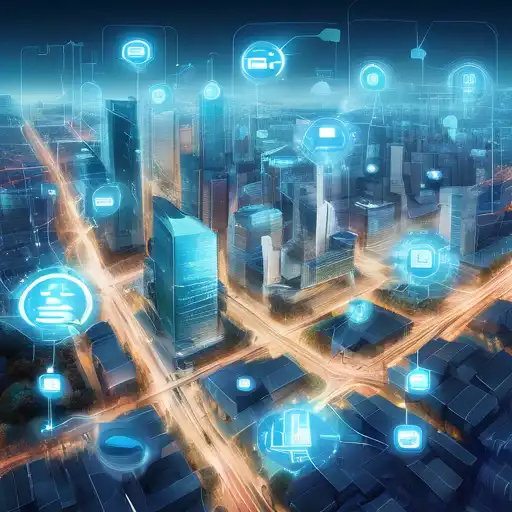Introduction to IoT in Smart Cities
The Internet of Things (IoT) is revolutionizing the way urban areas operate, making cities smarter, more efficient, and more sustainable. By connecting devices, vehicles, and infrastructure to the internet, IoT enables real-time data collection and analysis, leading to improved decision-making and quality of life for residents.
Key Components of IoT in Smart Cities
Smart cities leverage IoT technology across various sectors, including transportation, energy, and public safety. Key components include:
- Smart sensors for monitoring air quality and traffic
- Connected devices for efficient energy use
- Intelligent transportation systems to reduce congestion
- Public safety solutions like smart lighting and surveillance
Benefits of IoT in Urban Development
The integration of IoT in smart cities offers numerous benefits:
- Enhanced efficiency in resource management
- Reduced environmental impact through sustainable practices
- Improved public safety and security
- Greater convenience and quality of life for citizens
Challenges and Solutions
Despite its advantages, the deployment of IoT in smart cities faces challenges such as data privacy concerns and high implementation costs. Solutions include robust cybersecurity measures and public-private partnerships to fund projects.
Future Prospects
The future of IoT in smart cities is bright, with advancements in AI and machine learning further enhancing urban living. As technology evolves, we can expect even more innovative solutions to emerge.
For more insights into how technology is shaping our world, explore our technology trends section.
Conclusion
IoT is a cornerstone of smart city development, offering transformative potential for urban areas worldwide. By addressing challenges and leveraging technology, cities can achieve unprecedented levels of efficiency and sustainability.
